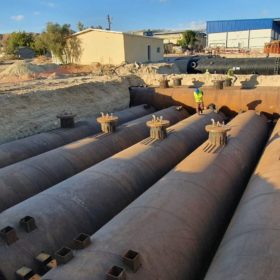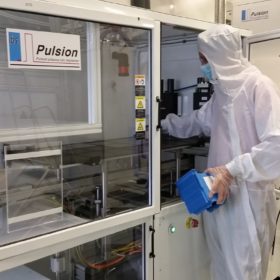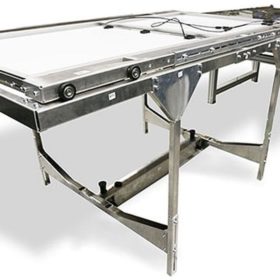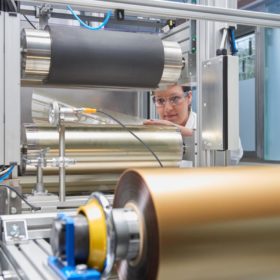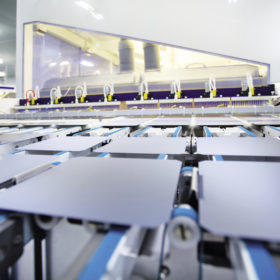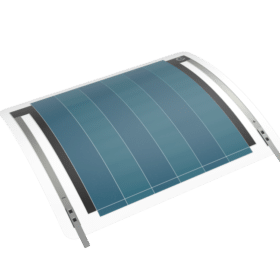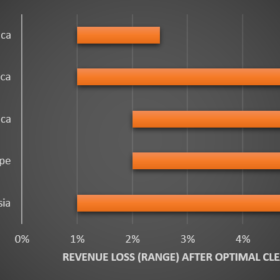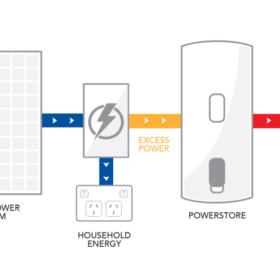Augwind’s compressed air tech for renewables storage
Augwind CEO Or Yogev recently spoke to pv magazine about the Israeli company’s new storage solution for the renewables sector. The underground compressed-air storage specialist recently secured 166 MWh of capacity in Israel’s latest solar+storage tender, and plans to take equity stakes in all five projects.
Excess renewables production to make fuel, chemicals and feedstocks for industry
The University of New South Wales and several other universities in Australia are embarking on a feasibility study into how New South Wales can utilize excess renewable energy to make fuel, chemicals, and feedstocks for the industry. The aim is to develop a plan for how fuels and chemicals such as green hydrogen and ammonia produced from renewables can decarbonize the industry.
Indium-free passivated solar cell with 22.4% efficiency
French research institute Liten has built the device with a new cell architecture that combines ultra-thin polycrystalline silicon layers with films of passivated transparent conductive oxide (TCO) contacts.
Mobile laboratory for PV module testing
MBJ Solutions and TÜV Rheinland have jointly developed PV TravelLab, which is purportedly the world’s first portable laboratory for PV module tests. It can be used to assess solar panels at any location in the world.
Pure Hydrogen to develop large-scale facility in Australia
Real Energy, an oil and gas developer, continues to pursue its hydrogen ambitions. It recently entered into a key partnership with Port Anthony Renewables to build and develop a large-scale hydrogen production facility in the Australian state of Victoria.
Chinese PV Industry Brief: Increasing wafer prices and new glass and polysilicon orders
Zhonghuan and Longi raised the prices of their wafers before the Chinese New Year holiday. Longi also secured more polysilicon and glass through two different orders, with OCI Group and Flat Glass, respectively.
Novel algorithm for integrating solar, wind, hydrogen
A new, nature-inspired algorithm has been applied by scientists in Egypt and Saudi Arabia to optimize the production of green hydrogen via solar and wind power generation. The proposed energy system consists of PV and wind power generation, a water electrolyzer, a tank of hydrogen gas, a fuel cell, and an inverter that brings the generated electricity to final consumers.
Mini organic solar module for indoor low-power applications
Under typical indoor illumination of around 500 lux, from light sources such as LED or fluorescent light, the device’s power conversion efficiency is just below 15%. The largest device has an open-circuit voltage of 3.8 V, a short-circuit current of 146 μA, and an output power of 418 μW. The product can also be used in conjunction with capacitors to replace batteries or to prolong their lifetime in low-power applications.
New model to predict PV module cleaning cycles and resulting profits
A group of scientists in Bangladesh has developed a model to determine the optimal cleaning schedule for a PV installation at any location in the globe, requiring only the average insolation and soiling rate for a given site to make the calculation. The study also draws new conclusions regarding the influence of sandstorms and rain on soiling, and aims to be among the first studies to paint a global picture of soiling trends by region.
South Australia’s hot water systems set to soak in solar
Around 2,400 South Australians will soon be fogging up the bathroom mirror without qualms about the cost of heating water, as Solahart is set to implement a new trial to control hot water systems.
